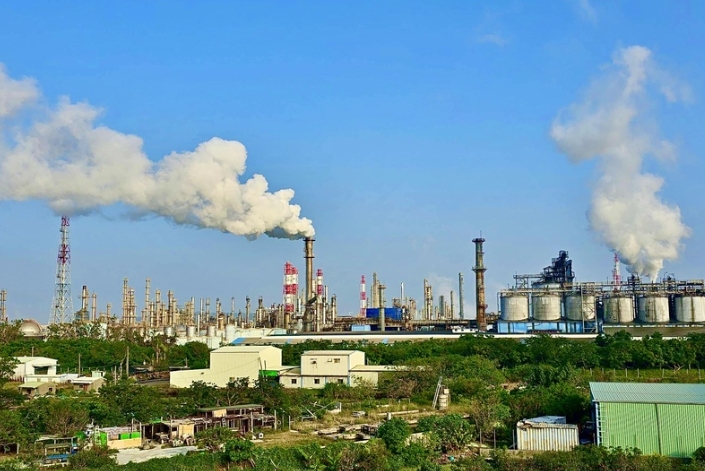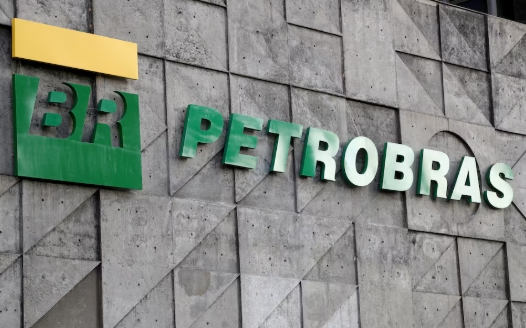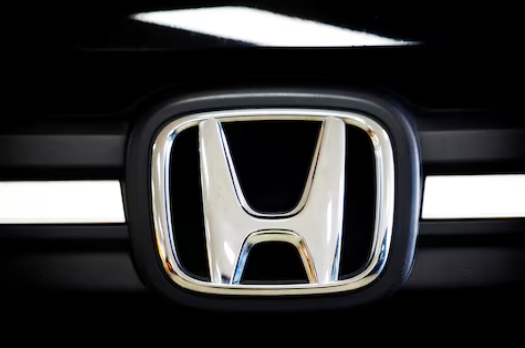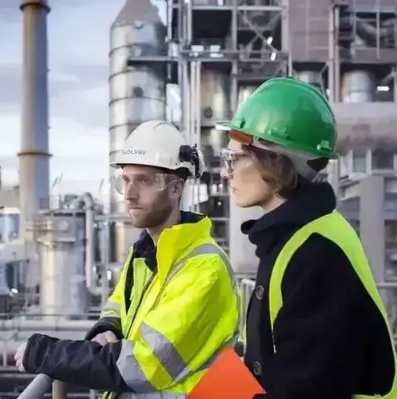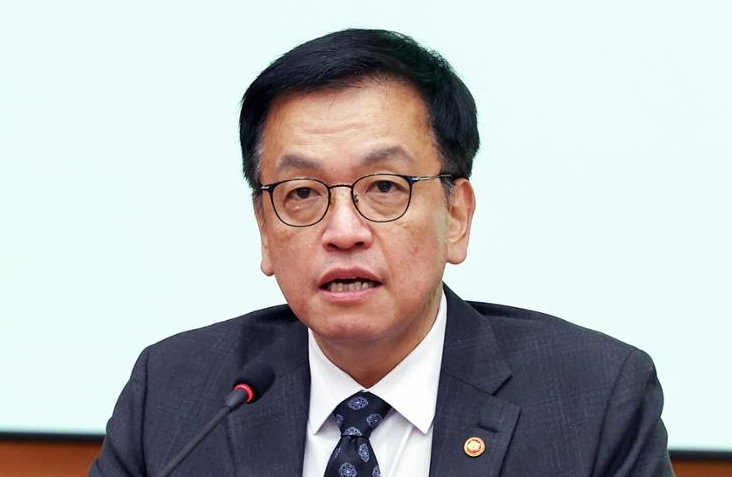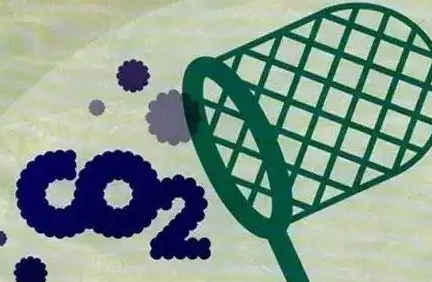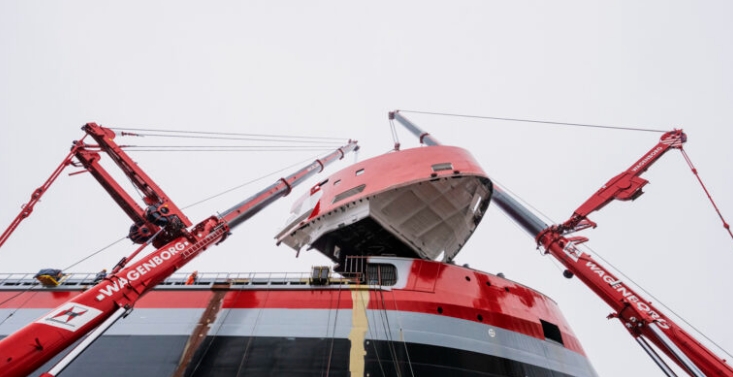
Humanity produced nearly 66 million metric tons of aluminum in 2020 — along with 2 percent of total global emissions. Aluminum is an essential part of various industries such as construction, electronics, power infrastructure and transportation, and demand is expected to increase nearly 80 percent by 2050. To reduce the environmental impact of the highly commoditized metal, many aluminum end users — and producers — have begun to work toward decarbonizing the material itself.
For companies such as Alcoa, the world’s eighth-largest producer of aluminum, clean aluminum production has more to do with business strategy rather than sustainability strategy, explained Rosa M. García Piñeiro, vice president of Alcoa Sustainability, during a VERGE Electrify 22 panel on "The Rise of Clean Aluminum."
"We use sustainability as one lever that supports our corporate strategy," she said. "How we reduce these impacts today has a direct connection to our balance sheet, because by reducing waste … we are reducing the provisions we need in the balance sheet for the future."
One of Alcoa’s three corporate strategy pillars includes critical examination of sustainability practices within its product lines. To that end, the company has an entire line dedicated to clean aluminum called Sustana, which comprises three low-carbon products: EcoSource; EcoLum; and EcoDura. EcoSource and EcoLum focus on Scope 1 and 2 emissions, with EcoSource claiming less than 0.6 CO2e emissions from bauxite and alumina, where the global average is 1.2 carbon dioxide equivalents (CO2e) per ton of alumina produced. Similarly, EcoLum claims less than 4.0 CO2e emissions from bauxite, alumina, smelting and casting, where the global average is more than 14 CO2e emissions per ton of aluminum. EcoDura, on the other hand, is made of recycled content.
Having clearly marketed sustainable products makes it easier for end users to engage in a decarbonization strategy, although supply chain communications can often complicate this. For example, Nick Abbatiello, senior distinguished engineer at Dell Technologies, found an already existing low-carbon aluminum option. "Low-carbon aluminum already existed in our supply chain; we were just so far from the company who supplied it, nobody was offering it to us," Abbatiello said.
“How we reduce these impacts today has a direct connection to our balance sheet, because by reducing waste … we are reducing the provisions we need in the balance sheet for the future.”
Abbatiello explained Dell’s decision to focus on decarbonizing aluminum, starting with the difficult first step of creating an industrywide definition for "low-carbon aluminum."
"There is no real industry standard definition for low-carbon aluminum… so we had to actually go to create our own definition for [it]. There’s no real third-party certification either; we had to actually dive deep into the data," Abbatiello said. For an aluminum purchaser such as Dell, the process involved engaging directly with aluminum suppliers to access data, such as life cycle analyses and other environmental product declarations. The importance of increasing traceability in the supply chain was the most important component for Dell.
Efforts are in place to make the low-carbon aluminum product more streamlined and easier for businesses such as Dell to maintain commitments to decarbonization. "This is broader than defining what low carbon means; it is to define what sustainable and responsible aluminum is," Piñeiro said. She also noted that Alcoa joined the Aluminum Stewardship Initiative (ASI), which released the first versions of its standards in 2017. The standards were updated in 2022 to include ESG requirements, sustainable supply chain requirements and procedures for independent-third party assurance to back the ASI verification.
Benchmarking these standards will help the aluminum industry cohesively move toward a less carbon-intensive process. Looking into the future, Piñeiro believes that clean aluminum is only the first of many steps for the aluminum industry. She underscored a push for human rights due diligence, specifically in the mining component of aluminum, including the European Union’s draft position.
Currently, the International Energy Agency ranks aluminum emission reduction efforts as inadequate to reach 2050 carbon neutral goals. With producers such as Alcoa, working toward carbon-free aluminum processes, and end-users such as Dell, increasing demand for a low-carbon alternative, it is possible that a cleaner aluminum industry could be within sight.
